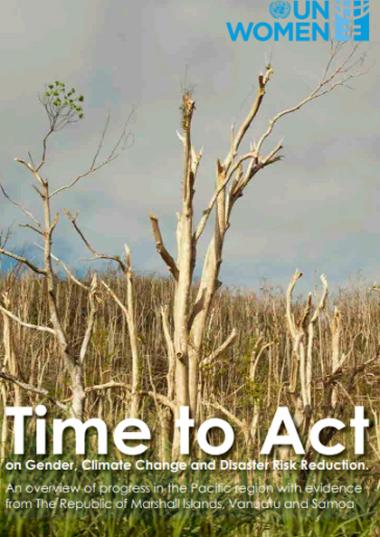
Laws, policies, strategies, plans & projects
A recent UN Women study highlighted significant gaps in the integration of international commitments for gender equality and social inclusion into national legislation, policy, and planning frameworks and programming for disaster risk reduction, climate change adaptation, and resilience in the Asia Pacific region. Despite finding recognition of the importance of equitable participation in decision-making processes, resulting commitments are generally weak and a homogenous approach is generally adopted – with women and people with disabilities classified as “vulnerable groups” with resulting frameworks and interventions such as plans, failing to clarify how their needs differ in disaster risk reduction and recovery planning.
Gender-responsive laws, policies, strategies, plans, and projects incorporate the experiences, capacities and needs of women and girls and are founded on the leadership and meaningful participation of women and their intersectional needs. Gender-responsive frameworks, projects, and programmes also address the underlying causes of vulnerability including gender inequality, gender relationships, power structures, social norms, and leadership. They go beyond procedural requirements and commit to actions to address gender-specific inequalities which undermine resilience. They identify institutional arrangements, roles, rights, and responsibilities for gender-responsive disaster risk reduction and recovery; providing a solid foundation and mandate for women’s participation for example, in key coordination mechanisms.
The same WRD study also found significant gaps in the implementation of action plans and delivery of commitments on gender equality and social inclusion. The absence of concrete plans can result in superficial interventions, such as encouraging parity in representation instead of interventions that build the capacity of women’s organisations to enable them to contribute meaningfully to disaster and climate risk reduction and resilience building.












